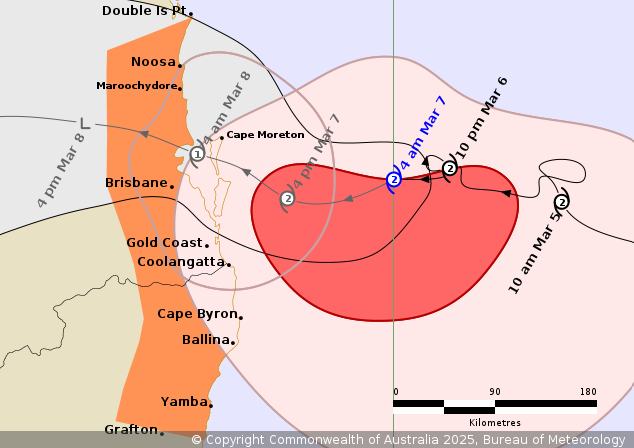
Settlement Day in QLD: Residential Conveyancing
Buying a house can be an exciting and daunting experience, especially for first-time buyers. One of the most critical stages of the home-buying process is settlement day, the day when the legal transfer of ownership of the property takes place. Settlement day can be stressful, but with the right preparation, you can make it a smooth process. In this article, we will provide you with a comprehensive guide on what to expect on settlement day in QLD during the residential conveyancing process.
What is Conveyancing?
Conveyancing is the legal process of transferring ownership of a property from one person to another. The conveyancing process typically involves two main stages: exchange of contracts and settlement.
Exchange of Contracts
The exchange of contracts is when the buyer and seller agree to the terms of the sale and sign the contract. Once the contracts have been exchanged, both parties are legally bound to go through with the sale.
Settlement
Settlement is the final stage of the conveyancing process. It is the day when the buyer pays the balance of the purchase price to the seller, and the legal ownership of the property is transferred from the seller to the buyer.
What to Expect on Settlement Day
Settlement day can be stressful, but with the right preparation and an expert legal representative, you can make it a smooth process. Here are some of the things you can expect on settlement day in QLD during the residential conveyancing process:
Final Inspection
Before settlement, the buyer has the right to conduct a final inspection of the property to ensure that it is in the same condition as it was when they signed the contract. If any issues are identified during the inspection, the buyer should raise them with the seller’s conveyancer as soon as possible.
Payment of Balance
On the settlement day, the buyer is responsible for paying the remaining balance of the purchase price to the seller’s conveyancer. This payment is typically made using electronic funds transfer (EFT) or a bank cheque. The conveyancer will then verify that the funds have been received and ensure that all necessary documents are signed and exchanged between the parties. Once this process is complete, the property will officially transfer ownership from the seller to the buyer. It’s important to note that if the buyer fails to pay the remaining balance on the settlement day, there may be penalties or legal consequences. Therefore, it’s essential to ensure that all financial arrangements are made well in advance of settlement day to avoid any potential issues. If you have arranged a mortgage, the financial institution will be booked by the conveyancer prior, to attend settlement and provide the required funds.
Documents to buyer
When the buyer pays the balance of purchase price, the sellers conveyancer will hand over the transfer, form 24 and release of mortgage if applicable.
Collection of keys
Once the payment of the balance of purchase price and documents have been handed to the relevant parties the property is now deemed as settled. The conveyancers will now advise the client the property has settled and send a formal letter to the real estate agent to release the keys to the buyer (if the property is being sold as vacant). If the property is tenanted the property manager will be advised and will make all necessary changes including ensuring an attornment to the tenant is sent for the rent to be paid to the new owners.
Lodging of documents
After the payment of the balance, the conveyancer will arrange for the transfer of the property into the buyer’s name. This is done by lodging the necessary documents with the relevant government authority, such as the Land Titles Office. The transfer process usually takes a few weeks to complete, depending on the jurisdiction.
During this time, the buyer should ensure that they have adequate insurance coverage in place, as they are now the legal owner of the property.
Once the transfer is complete, the buyer will receive a certificate of title or other similar document proving their ownership of the property. They should keep this document in a safe place, as it is an important legal record.
In addition to the transfer process, there are several other tasks that need to be completed after the payment of the balance. These include notifying relevant authorities of the change of ownership, such as the local council and utility providers. The buyer should also update their address details with their bank, employer, and other important contacts.
- e-Conveyancing
Since the e-Conveyancing (PEXA) mandate in Qld was introduced on the 20th February 2023, the steps including payment of balance, documents to buyer and lodging the documents is completed online and immediately. This means the property is in the buyers names the same day of settlement and payments to the seller are usually cleared into the bank accounts within 24hrs. - Final Paperwork
After all documents have been lodged and all money has been reconciled the Conveyancing process has been completed. Your conveyancer should send you out final documents including a trust statement, tax invoice and a copy of the settlement statement and adjustments. - After settlement has completed the buyer is now legally responsible for all mortgage payments, insurance, rates, water and sewerage charge, body corporate charges if applicable, land tax, repairs and maintenance. If you believe you haven’t received a notice to pay any charges ensure you contact the relevant body to avoid a penalty charge.
This is general advice only, for specific advice please seek specific legal advice.





